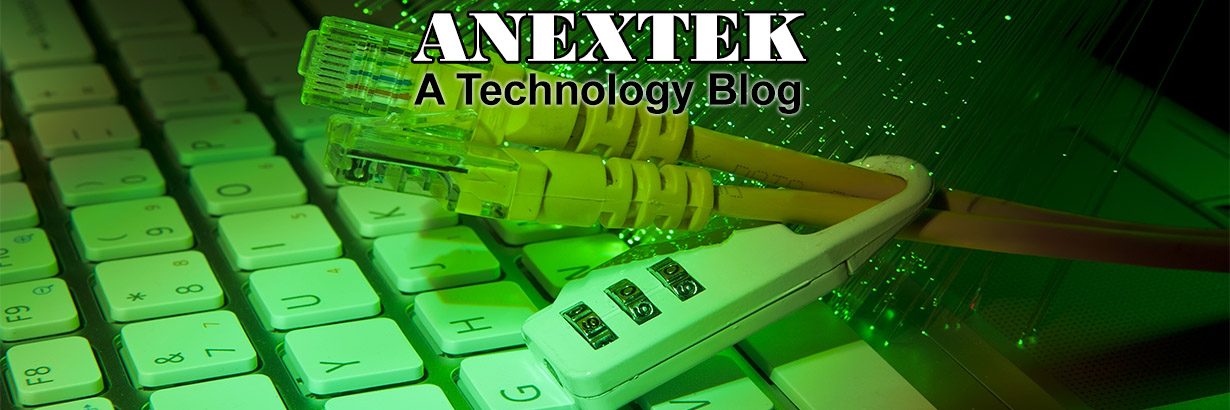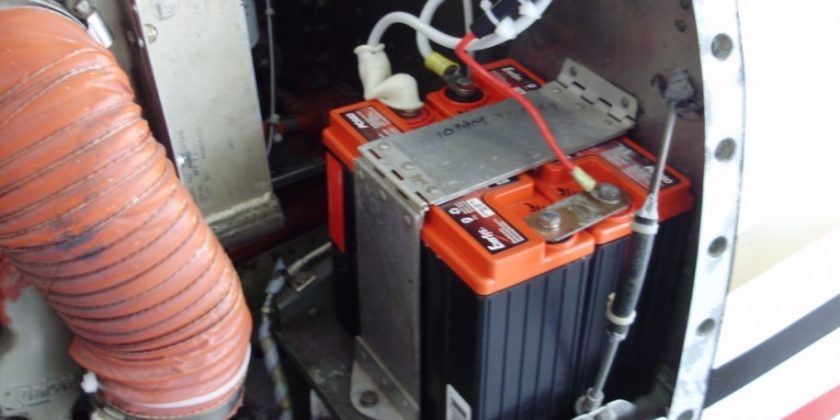Summary: Differentiating one airplane battery from another will allow you to understand everything you need to know in order to maximize both performance and efficiency.
There are dozens of reasons why aviation enthusiasts have problems with their batteries. Becoming more knowledgeable about the major differences between aviation batteries is a critical component that can prove useful in the long run.
A Basic Rundown on Battery Types
While many non-specialty batteries are composed of lead acid, aviation batteries are instead flooded lead-cell batteries or sealed batteries. Many of these batteries are designed to have a maximum number of lead plates and electrolyte content storage within the system. Additionally, many companies promote pressure relief valves to ensure that the gasses stay within the battery. Typically, you’ll find that the plates are fitted in between fiberglass layers. Generally speaking, sealed batteries are built to last longer when there are long periods of inactivity between usage – although you can still use a portable power supply in tandem with it as well to keep the charge running adequately.
Flooded batteries have caps that allow for venting. The gas that escapes can drastically rise in temperature and can potentially harm the overall health of the battery. Fortunately, these vents prevent this from occurring – although it’s safe to say that it doesn’t let you off the hook when it comes to providing maintenance. Be sure to use a portable battery pack when idling as often as you can, to reduce the overall amount of stress that you are placing on the battery itself. A sealed battery also can overheat, and similar to flooded batteries, there are vents to help counteract this. If your flooded battery is being overcharged, which is most likely to happen, distilled water will need to be added every three to four months to ensure that the cells remain submerged and fully active at all times.

